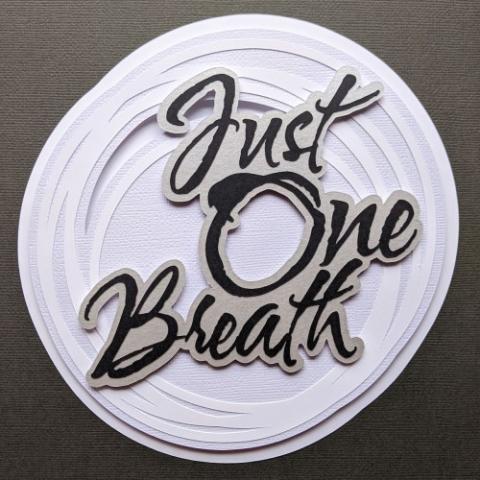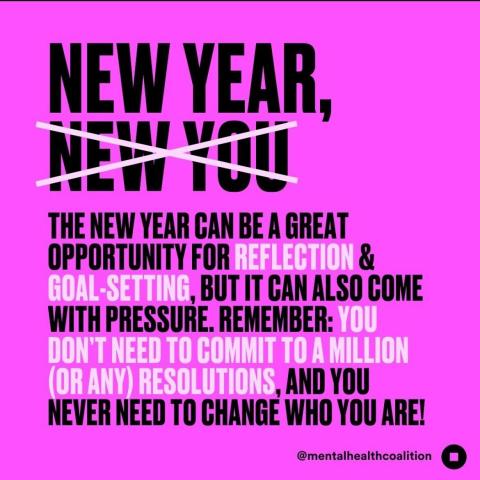
Listen to this article as a podcast
In 2017 I attended a meditation retreat in Europe co-led by Ajahn Candasiri, a highly-regarded nun with over four decades of experience practicing meditation. At one point she talked about paying attention during meditation for “only one breath.”
Initially, I thought, “What?! Just ONE breath?!” At that point I had spent countless hours sitting on meditation cushions following my in-breaths and out-breaths, sometimes counting them. I guess part of me felt that more was better. If I could pay attention to 20 breaths or 100 breaths, surely that would reduce my stress more than paying attention to just one.
Her comment helped me realize that I approached meditation like I approached learning how to play the violin when I was 5 years old. Start with open strings. Then use my fingers to play some notes. Then learn scales. Then melodies. And on and on. More complexity = more of the good stuff.
Break Free from the Counting Trap
You might be having similar feelings this time of year. Perhaps you feel pressured to have one or more New Year’s resolutions. Maybe you signed up for one of the many January “challenges,” such as Tricycle’s Meditation Month or Yoga With Adriene’s 30 Days of Yoga. Perhaps you have other goals for the year.
Whether you have plans or not, the time is always right to remember that you do not need to change anything about you. As I say a lot in my yoga classes, you are always already perfect, whole, and complete. It’s okay if you don’t have a resolution. You don’t need a plan for the next month or year.
In any moment, you have an opportunity to pause, reflect, and pay attention from the beginning to the end of one inhalation. Or one exhalation. You don’t need to commit to any more. Yoga teaches us that there is nothing you need to grasp.
Sure, maybe you pay attention to one out breath and that feels nice, so your awareness sticks around for more. But more doesn’t mean better. Let your body breathe however it needs. No need to “build up” to anything. Yoga and meditation can really be that simple.

The Benefits of One-Breath Meditation
The practice of watching the breath for even a single inhale can have all sorts of benefits, such as:
- Stress Relief. Noticing just one breath can serve as an instant anchor to the present moment. You can interrupt the cycle of stress and anxiety. Even a short pause can allow you to reset and regain a sense of calmness.
- Enhanced Focus. One-breath meditation can sharpen your focus and clear mental clutter. If you dedicate just a moment to mindful breathing, you can experience heightened concentration and improved decision-making.
- Increased Mindfulness. Incorporating one-breath meditation into your daily routines promotes mindfulness. It’s a reminder to stay present and foster a deeper connection to your actual life experiences.
- Improved Emotional Regulation. A single mindful breath creates space for emotional awareness and regulation. When you acknowledge your emotions in the present moment, you can respond to situations more thoughtfully and with greater emotional intelligence.
How to Practice One-Breath Meditation
There is no need to make this practice too complicated. However, for those of you who like some instructions, the basic outline for one-breath meditation goes like this:
- Decide to Pause. You start by choosing to pay attention. You might be in a quiet space or not. It doesn’t matter. But you have to start with an intention.
- Assume a Comfortable Posture (optional). If you can, stand or sit comfortably with your feet on the ground. Maybe you close your eyes to minimize visual stimuli.
- Inhale Mindfully. Inhale through your nose and pay attention to the sensation of the breath entering your body. You might feel the expansion of your chest and abdomen.
- Exhale Mindfully (optional). Sometimes it is difficult to pay attention to one single in-breath without the mind wandering. That’s okay. If you are still paying attention after the inhale, you could notice the breath slowly leave through your body, perhaps along with some tension or stress.
- Just Be. During this single breath, see if you can bring your awareness entirely to the present moment. You might let go of thoughts about the past or future, and simply be with your breath.
Use Reminders to Remember to Breathe
If you close this window and try to remember to notice just one breath, chances are high that you will soon forget.
Be kind to yourself. Some days I get so wrapped up in a problem or idea that I feel like I never paused to breathe. So I have lots of reminders. I have electronic reminders, meaningful objects around my house, and certain places in my house, like walking up the stairs, that can remind me to pause and breathe.
If you want to help create a new habit to notice one breath more often, a sticky note on the refrigerator or above your desk can work wonders. Write whatever words resonate with you, such as “just one breath” or “pause to breathe.”
If you would like to add some art to your home to remind you to breathe, my wife, of Crafterall fame, created some lovely paper art to help you remember to notice “just one breath.” It’s pictured above. Not necessarily more effective than a simple sticky note, but likely more attractive. Order handmade art on Etsy.
Cheers to a healthier and more peaceful 2024, and to this breath, right now.
Comments